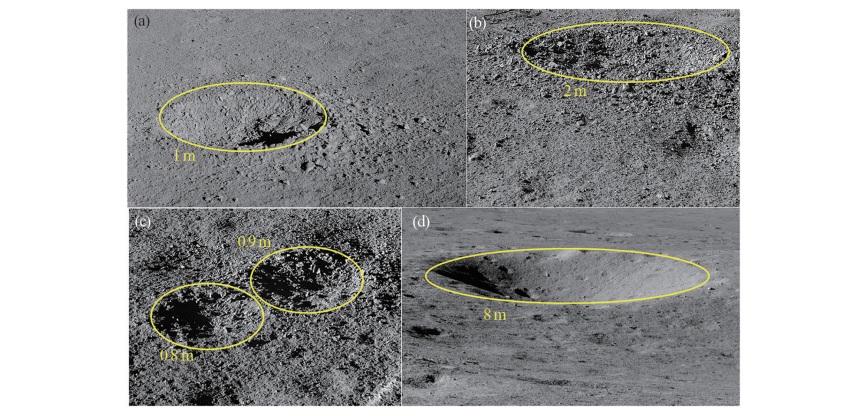

嫦娥四号讲述的月球“土壤”故事
The secrets buried in the lunar soil are being exposed by the lunar rover Yutu-2
Received date: 2020-09-20
Online published: 2020-12-18

林杨挺 . 嫦娥四号讲述的月球“土壤”故事[J]. 自然杂志, 2020 , 42(6) : 433 -440 . DOI: 10.3969/j.issn.0253-9608.2020.06.001

/
| 〈 |
|
〉 |